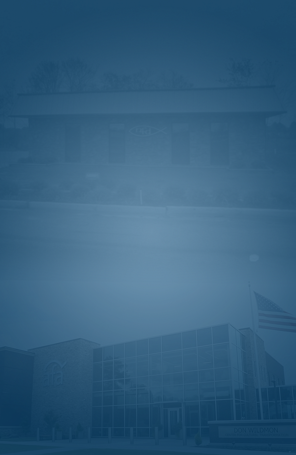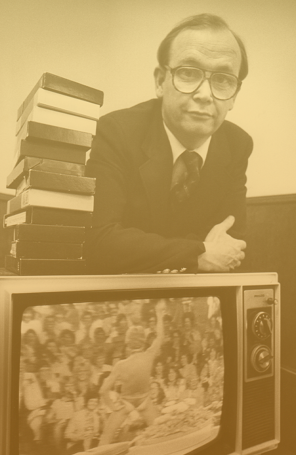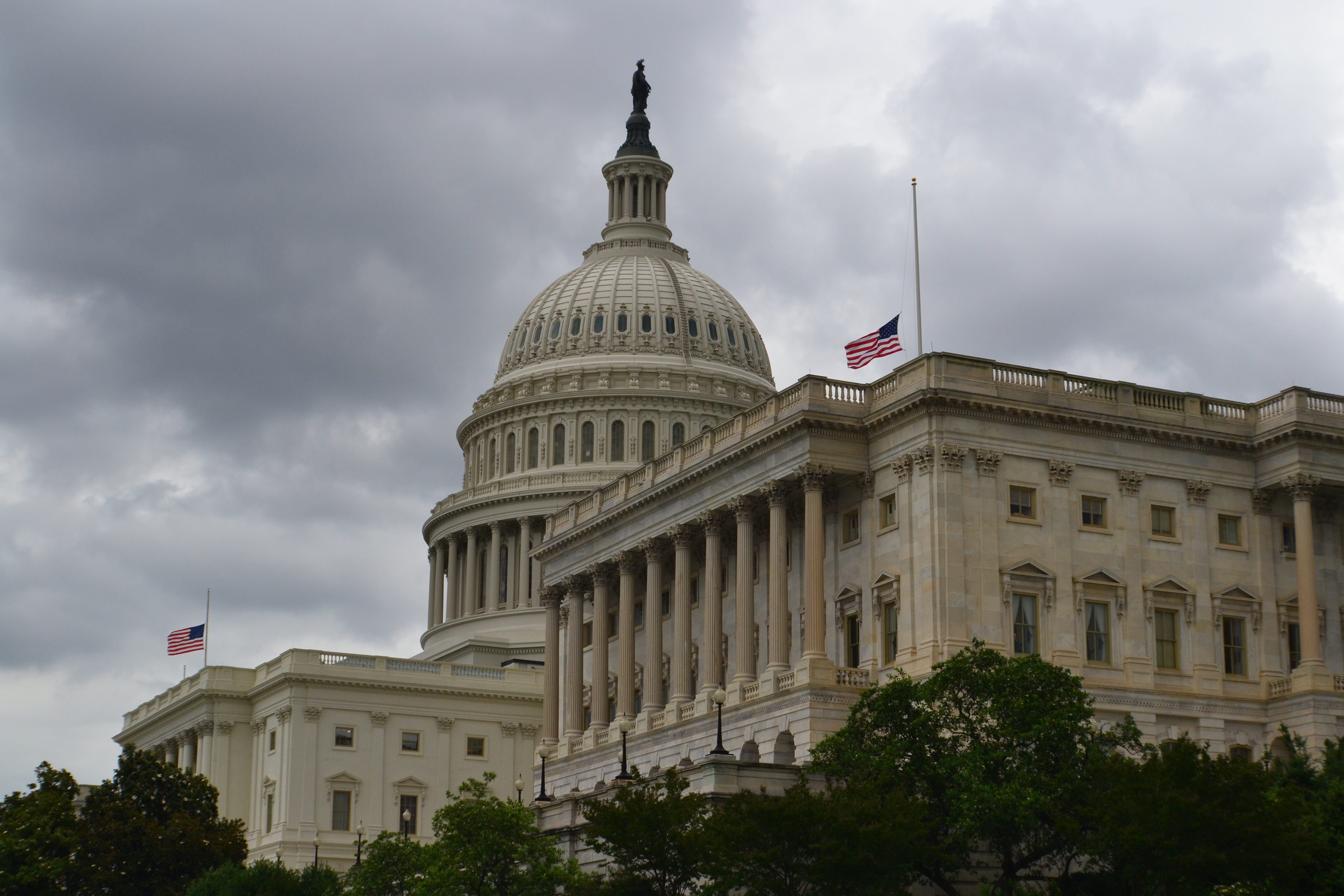Spiritual care on campus
 Read To Me
Read To Me
Sign up for a six month free
trial of The Stand Magazine!
School violence, substance abuse, and mental illness among young people are characteristics of 21st-century America.
“Today’s young people are facing unprecedented mental health and substance abuse issues – no matter where they live throughout the country,” according to The Pew Charitable Trusts.
Findings from the National Center for Education Statistics’ School Survey on Crime and Safety revealed that around 857,500 violent incidents were recorded in U.S. public schools during the 2021-22 school year.
However, there is also a growing openness to the role that chaplains can play in addressing these issues.
A June 2025 poll released by the National Opinion Research Center (NORC) at the University of Chicago surveyed 1,158 adults about their views on a variety of religious issues, including school chaplains. When asked if religious chaplains should be allowed to provide support services in public schools, 58% agreed.
Referencing Dr. Lisa Miller, founder of the Spirituality Mind Body Institute at Columbia University, Rocky Malloy said that “not providing spiritual care – as delivered by a chaplain – creates mental illness.” Malloy is founder and CEO of the National School Chaplain Association (NSCA).
“When young people have a relationship with the Lord, they’re better students, they make better grades, and they make better choices in life,” he explained.
The presence of chaplains
NSCA, a Christian ministry that provides spiritual care to teachers, students, and their families, began in 1990 with the goal of promoting chaplains as essential members of a school staff. Currently, their worldwide reach has grown to include more than 23 countries.
“Today, we have over 42,000 chaplains serving in over 36,000 schools,” said Malloy. “That’s about 32 million people being ministered to by chaplains every school day.
“In schools where chaplains are serving, there have been zero suicides in any school that has had a chaplain for two years or more,” he noted. “There’s been an 80% reduction of teen pregnancies, greater respect for authority, and a 37% increase in graduation – mostly of girls, because they’re not getting pregnant.”
The reality is that a chaplain interacting with students and teachers brings a sense of stability to a school.
“It’s called the ministry of presence,” Malloy said. “One policeman can create law-abiding citizens on an entire stretch of highway just because … [he is] present. Chaplains are not police officers, but when they’re present, people know … [and are] aware of what’s supposed to be happening. So, if you’re doing something you’re not supposed to be doing, you slow down.”
The placement of chaplains
The role of chaplains in America goes back 250 years, making them a legal, privileged, and protected class of clergy. Malloy said that those who object to chaplains on a constitutional basis are misinformed.
“There are about 7,000 chaplains employed at the federal level and about 3,000 at the state level,” he added. “Every state in the United States employs chaplains. So, the idea it’s unconstitutional is ridiculous.”
Although many states have either passed or are currently crafting legislation to support chaplains, no laws are needed to put chaplains in place. While legislation is beneficial, grassroots support is all that is required to place a chaplain on a school campus, and the NSCA is ready to help.
“We’re not waiting,” said Jim Schmidt, NSCA national legislative ambassador. “This is a call of God, and we’re answering the call.”

Sign up for a free six-month trial of
The Stand Magazine!
Sign up for free to receive notable blogs delivered to your email weekly.















